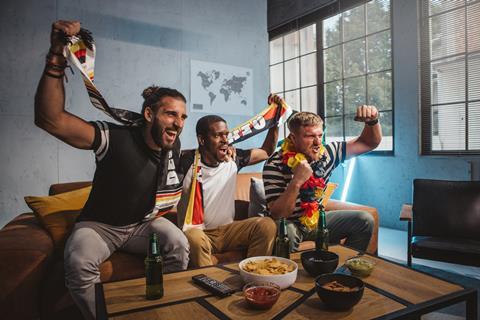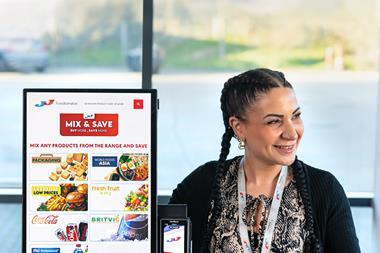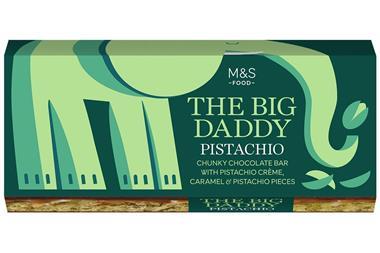
The World Cup is here. Despite controversies around the host nation, many will be coming together to enjoy this massive sporting event. It is also expected to be a huge revenue driver for fmcg brands, and data from NielsenIQ predicts the UK is set to make £1.7bn in beer, wine and spirits sales alone during this period.
However, this is also set to be a World Cup like no other for many markets, bucking tradition as a typically ‘summer’ event. Warm weather has a big impact on sales, and our data showed that during the World Cup in 2018, warm weather boosted total store value sales in the UK by 3.8%.
The good news for fmcg brands is the location and timing will lead to many of us watching the games from our home country. And there is likely to be a split between consumer spending at home and in public spaces, such as pubs and bars. Brands looking to capitalise on this must have a 360-degree understanding of local preferences, and focus on which product lines resonate with spectators in their local markets, both in grocery stores and out-of-home venues.
The World Cup is also taking place at a time when messaging and promotions may overlap with the festive period. Beer may be a popular choice for summer sporting events, but it’s crucial to not lose sight of setting promotions on other products too, such as spirits brands, which can typically be seasonal gifting favourites. For some brands, it may be appropriate to consider ways of benefiting from the two. For example, premium products could be marketed with a World Cup twist, with limited-edition flavours, collectable gifts or a downloadable score sheet for the upcoming games.
With so much economic instability, we cannot ignore that cost of living is a major concern for British consumers. But consumers will also be high on the adrenaline of the games, and looking to indulge and treat themselves as they celebrate with friends and family. Fmcg manufacturers should therefore ensure they strike the right balance when it comes to promoting premium and affordable offerings, and offering assortments that cater towards all types.
While it’s still unclear what the split will be in terms of outdoor and at-home spend, the time of year may skew this slightly in favour of at-home. With this in mind, there could be opportunities for rapid delivery and quick-commerce firms as shoppers seek to make last-minute purchases. It’s therefore beneficial to ensure listings, assortments and promotions on these platforms are tailored for World Cup spenders.
In such a disruptive and changeable retail landscape, it has never been more important for fmcg brands to keep a finger on the pulse and harness the power of real-time data and insights to stay ahead of the game.
When it comes to the World Cup, consumer shopping habits and trends can shift quickly. In a period of economic instability especially, brands should be consistently monitoring shoppers’ habits in terms of spend, and adjusting promotional activities accordingly.



















No comments yet